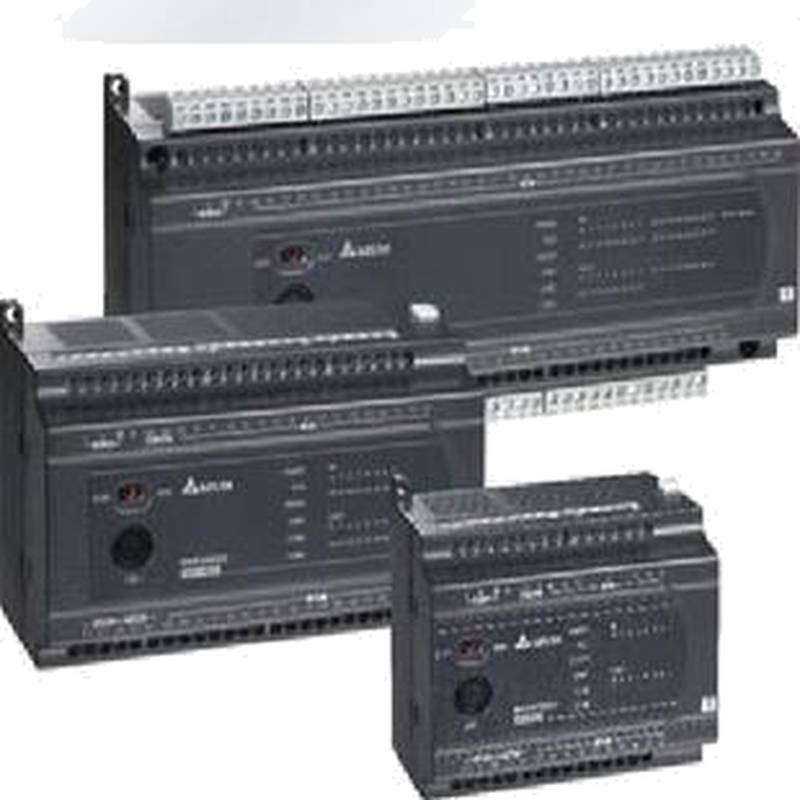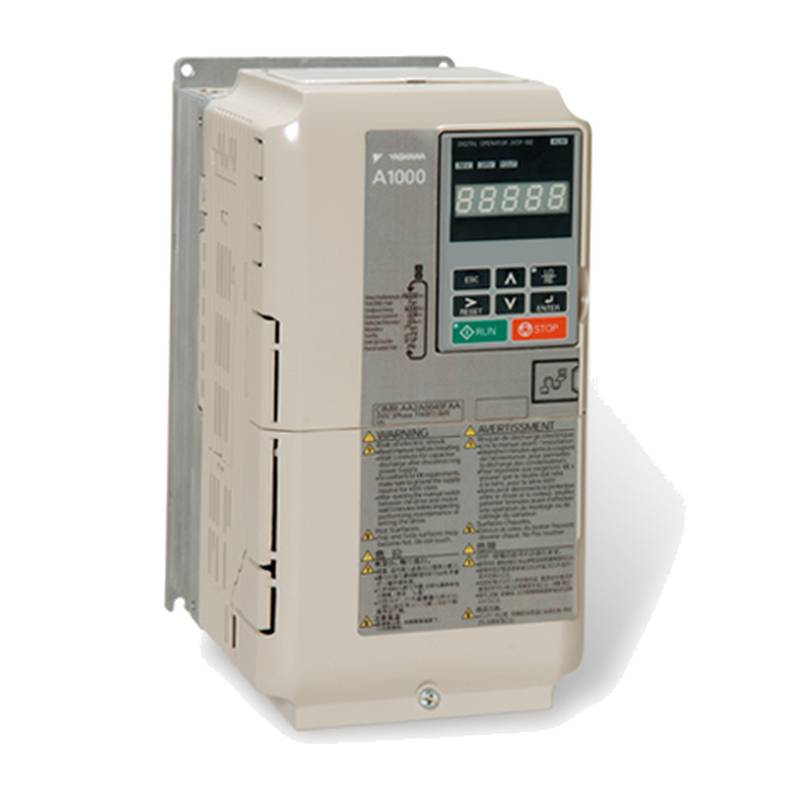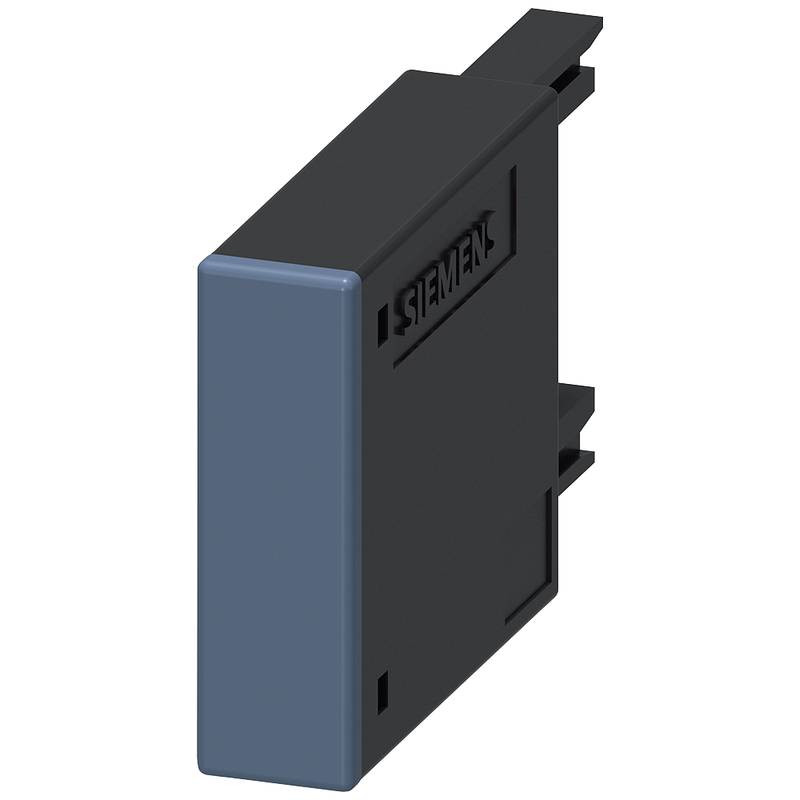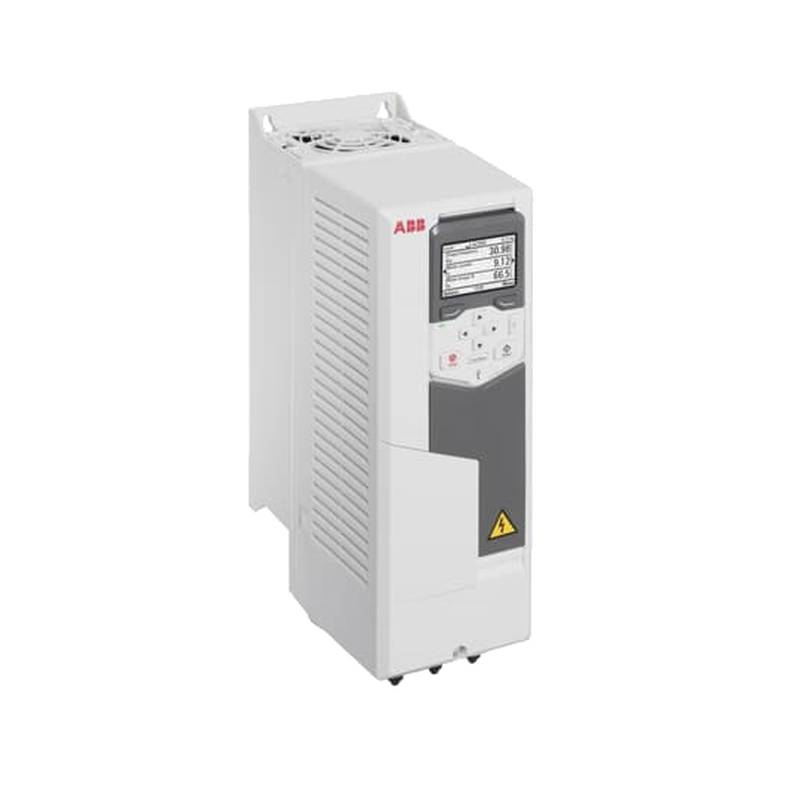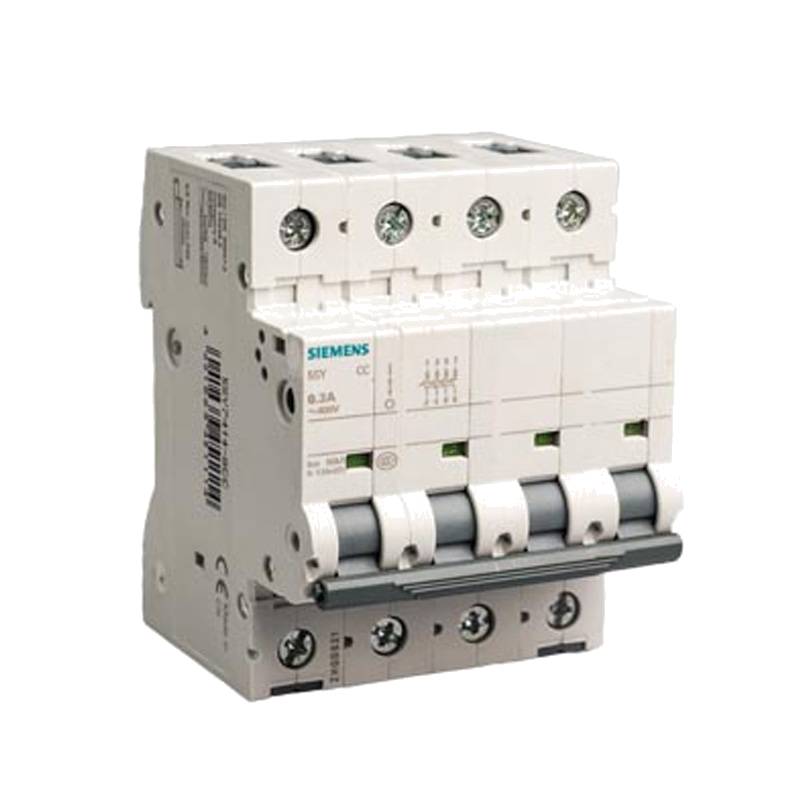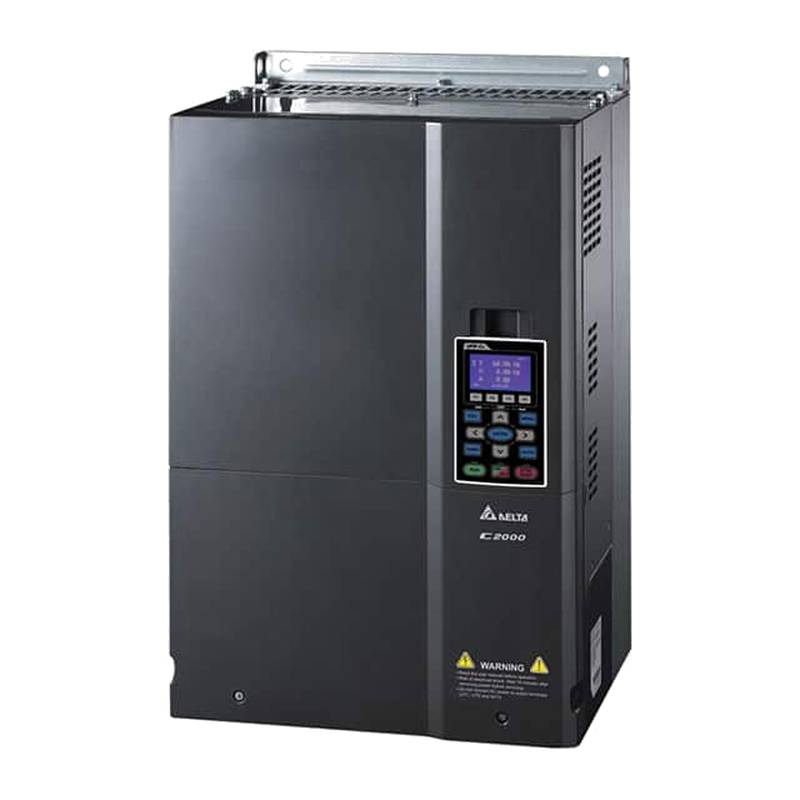
The Moxa EDS-2010-ML-2GTXSFP is a robust industrial managed Ethernet switch engineered for demanding environments, offering advanced networking capabilities essential for industrial automation and control systems. This 10-port switch boasts two Gigabit SFP ports for flexible fiber optic connectivity and eight 10/100/1000Base-T(X) copper ports, ensuring high-speed data transmission and reliable network performance. Its key advantages lie in its comprehensive management features, ruggedized design for industrial deployment, and support for versatile network topologies. Critical technical parameters include an operating temperature range of -40 to 75°C, dual redundant power inputs (12/24/48 VDC), and an IP30 enclosure rating, making it suitable for applications requiring unwavering network stability and resilience.
Core Features & Market Positioning
The Moxa EDS-2010-ML-2GTXSFP distinguishes itself through its powerful management suite, encompassing Modbus TCP, SNMP, and web-based interfaces for effortless network configuration and monitoring. Its support for the latest Ethernet communication protocols, including Gigabit speeds via SFP transceivers, positions it as a high-performance solution for bandwidth-intensive industrial applications. The inclusion of Turbo Ring and Turbo Chain redundancy protocols ensures near-instantaneous network recovery, minimizing downtime in critical operations. This focus on reliability, coupled with Moxa’s reputation for industrial-grade hardware, makes the EDS-2010-ML-2GTXSFP a preferred choice for systems integrators and end-users seeking a dependable backbone for their automation networks.
Key Application Scenarios
This industrial managed switch is ideally suited for a wide array of demanding applications. In factory automation, it facilitates high-speed data exchange between PLCs, HMIs, and SCADA systems, ensuring seamless production line operations. For intelligent transportation systems (ITS), its rugged design and fiber optic capabilities enable reliable communication for traffic management, surveillance, and public transport networks, even in harsh outdoor conditions. Furthermore, the EDS-2010-ML-2GTXSFP is a critical component in smart grid and utility deployments, providing secure and resilient network connectivity for substations, power generation facilities, and distribution monitoring. Its versatility also extends to marine and oil & gas applications where environmental robustness is paramount.
Practical System Integration Guidance
Integrating the Moxa EDS-2010-ML-2GTXSFP into an industrial network is streamlined by its user-friendly management interfaces. For initial setup, connecting power via the dual DC inputs and attaching network cables to the copper or SFP ports is straightforward. Configuration can be initiated using the Moxa P M M . ( a utility for device discovery and basic settings, or directly via a web browser once an IP address is assigned. For optimal fiber optic performance, ensure compatibility between the SFP transceivers and the connected network infrastructure, paying attention to single-mode or multi-mode and wavelength requirements. Implementing redundant power supplies is highly recommended for critical systems to ensure continuous operation in the event of a single power source failure.
Operation and Risk Mitigation
Operating the Moxa EDS-2010-ML-2GTXSFP involves regular monitoring of network traffic and device status through its management interface to proactively identify potential issues. Key operational considerations include ensuring adequate ventilation for the unit, even though it is designed for extended temperature ranges. Regular firmware updates are crucial for maintaining security and performance, and should be performed following Moxa's recommended procedures to avoid network disruption. In terms of risk mitigation, the dual power inputs and network redundancy protocols (Turbo Ring/Chain) significantly reduce the risk of single points of failure. Implementing robust security configurations, such as access control lists and port security, is vital to protect the industrial network from unauthorized access and cyber threats.
Scalability & Long-Term Value
The Moxa EDS-2010-ML-2GTXSFP offers considerable scalability and long-term value for evolving industrial networks. Its Gigabit SFP ports allow for easy expansion into longer-distance or higher-bandwidth fiber optic segments as network demands increase. Compatibility with existing Moxa industrial Ethernet products and a wide range of third-party industrial devices ensures seamless integration into current and future infrastructure. As industries move towards Industrial Internet of Things (IIoT) and digital transformation, the switch’s advanced management features and support for protocols like Modbus TCP provide a solid foundation for collecting and transmitting data from operational technology (OT) to information technology (IT) systems, enabling enhanced analytics and process optimization.
Frequently Asked Questions
Q1: What are the primary advantages of the Moxa EDS-2010-ML-2GTXSFP for industrial networks?
The Moxa EDS-2010-ML-2GTXSFP offers unparalleled reliability through its rugged industrial design, including a wide operating temperature range and dual power inputs. It provides high-speed connectivity with eight 10/100/1000Base-T(X) ports and two Gigabit SFP ports, supporting flexible fiber optic expansions for longer distances. The switch excels in network resilience with built-in redundancy protocols like Turbo Ring and Turbo Chain, minimizing downtime in critical industrial operations.
This industrial managed switch ensures robust network performance essential for automation and control systems, facilitating seamless data flow between devices. Its comprehensive management features, including SNMP and Modbus TCP support, allow for centralized monitoring and efficient troubleshooting. The unit's IP30 enclosure rating further protects it against environmental factors common in industrial settings.
Ultimately, the EDS-2010-ML-2GTXSFP delivers dependable, high-performance networking crucial for applications demanding uptime and stability. Its advanced features simplify network management while providing the scalability needed for future growth and IIoT integration.
Q2: How does the Gigabit SFP port on the Moxa EDS-2010-ML-2GTXSFP enhance network capabilities?
The Gigabit SFP (Small Form-factor Pluggable) port provides highly flexible and high-speed network expansion options, ideal for connecting over longer distances or in environments susceptible to electromagnetic interference. It allows users to select the appropriate SFP transceiver (e.g., multi-mode or single-mode fiber, specific wavelengths) based on their network topology and distance requirements. This capability is crucial for extending network reach to remote equipment or linking different plant areas reliably.
By utilizing SFP transceivers, the EDS-2010-ML-2GTXSFP can achieve data transmission rates of up to 1 Gbps over fiber optic cables, significantly boosting bandwidth and throughput for data-intensive applications. This is particularly beneficial for video surveillance, large data transfers from PLCs, or connecting to backbone networks in large facilities.
The modular nature of SFP ports also future-proofs the network, allowing for upgrades to different fiber types or speeds as technology evolves, without needing to replace the entire switch. This adaptability ensures long-term investment value.
Q3: What are the essential specifications for operating the Moxa EDS-2010-ML-2GTXSFP in extreme industrial conditions?
The Moxa EDS-2010-ML-2GTXSFP is built to withstand harsh industrial environments, featuring a broad operating temperature range from -40 to 75°C, ensuring reliable performance in both freezing and high-heat conditions. It supports dual redundant power inputs, accepting 12/24/48 VDC, which is critical for maintaining continuous operation even if one power source fails. The switch also boasts an IP30 enclosure rating, providing protection against solid objects larger than 2.5mm, essential for preventing physical damage in factory settings.
Furthermore, its industrial-grade components are selected for longevity and stability under continuous load and potential power fluctuations common in industrial power grids. The fanless design reduces mechanical failure points and minimizes airborne dust ingress, contributing to its overall robustness and reduced maintenance requirements.
These specifications collectively ensure that the EDS-2010-ML-2GTXSFP can be reliably deployed in demanding locations such as outdoor enclosures, unconditioned factory floors, or mobile platforms without compromising network integrity.
Q4: Can the Moxa EDS-2010-ML-2GTXSFP be integrated with existing SCADA systems?
Yes, the Moxa EDS-2010-ML-2GTXSFP is designed for seamless integration with SCADA (Supervisory Control and Data Acquisition) systems. It supports the Modbus TCP protocol, which is a widely adopted communication standard in industrial automation and SCADA environments, allowing for efficient data exchange and control commands. This feature enables SCADA software to monitor the switch's status, port traffic, and diagnose potential network issues directly.
The switch's managed capabilities, including SNMP (Simple Network Management Protocol) support, further facilitate integration with enterprise-level network management systems often used alongside SCADA for comprehensive oversight. Administrators can configure alerts and receive notifications about network events, enhancing the overall reliability and proactive management of the SCADA network.
By providing a stable, high-performance, and manageable network backbone, the EDS-2010-ML-2GTXSFP ensures that critical data from field devices reaches the SCADA host reliably, which is fundamental for effective process control and monitoring.
Q5: What network redundancy protocols does the Moxa EDS-2010-ML-2GTXSFP support, and why are they important?
The Moxa EDS-2010-ML-2GTXSFP supports Moxa's proprietary Turbo Ring and Turbo Chain protocols, along with standard Ethernet Ring Protection Switching (ERPS). These protocols are vital for industrial networks as they provide automatic network redundancy, ensuring minimal disruption in case of link failures. Turbo Ring and Turbo Chain enable sub-30-millisecond network recovery times, which is critical for real-time control applications where even brief interruptions can be costly.
These redundancy mechanisms create self-healing ring or chain topologies, meaning that if a cable is cut or a switch fails, the network automatically reroutes traffic through alternative paths. This significantly enhances network availability and uptime, crucial for continuous manufacturing processes, power grid management, or transportation systems.
Implementing these protocols is straightforward via the switch's management interface, allowing network engineers to design highly resilient networks that can withstand common failure scenarios without manual intervention, thereby safeguarding operational continuity.
Q6: What is the significance of the dual power input feature on this industrial switch?
The dual power input feature on the Moxa EDS-2010-ML-2GTXSFP is a critical element for ensuring high availability and operational continuity in industrial environments. It allows for the connection of two separate power sources (e.g., two different power supplies or a primary and a backup battery system). In the event that one power source fails or experiences an interruption, the switch automatically and seamlessly switches to the other power source, preventing network downtime.
This redundancy is paramount in industrial settings where network outages can lead to significant financial losses, safety hazards, or production stoppages. By providing a failover mechanism, the dual power inputs effectively eliminate a single point of failure related to power supply, greatly increasing the overall reliability of the network infrastructure.
The EDS-2010-ML-2GTXSFP supports a wide DC input voltage range (12/24/48 VDC), offering flexibility in power source selection and compatibility with various industrial power systems, further enhancing its practical applicability.
Q7: How does the IP30 enclosure rating impact the deployment of the Moxa EDS-2010-ML-2GTXSFP?
An IP30 enclosure rating signifies that the Moxa EDS-2010-ML-2GTXSFP is protected against solid objects larger than 2.5mm, such as wires or tools, preventing direct contact with internal components. This level of protection is suitable for most indoor industrial environments where the switch is not exposed to dust ingress or high-pressure water jets. It ensures that the internal electronics remain safe from accidental physical contact or the intrusion of larger foreign bodies.
While IP30 does not provide protection against water, it is sufficient for installations within control cabinets, electrical panels, or protected areas on a factory floor where environmental conditions are relatively stable. This rating contributes to the overall robustness and safety of the device in a controlled industrial setting.
The IP30 classification, combined with its wide operating temperature range and fanless design, makes the EDS-2010-ML-2GTXSFP a reliable choice for deployment in a broad spectrum of indoor industrial applications that do not require higher ingress protection ratings.
Q8: What types of SFP transceivers are compatible with the Moxa EDS-2010-ML-2GTXSFP?
The Moxa EDS-2010-ML-2GTXSFP is compatible with standard MSA (Multi-Source Agreement) compliant SFP transceivers, allowing for a wide selection of fiber optic or copper media options. This includes Gigabit Ethernet SFP modules for single-mode fiber (SMF) and multi-mode fiber (MMF) with various transmission distances (e.g., 10km, 40km, 80km) and wavelengths. Users can choose transceivers that best match their required link lengths and network infrastructure.
Additionally, compatible SFP modules can include copper RJ45 transceivers, offering an alternative to fiber optics for specific short-reach applications or for transitioning between different cable types within the network. This flexibility ensures that the switch can be adapted to a multitude of network designs and existing cabling.
When selecting SFP transceivers, it is crucial to ensure they meet the Gigabit Ethernet standard and are compatible with Moxa's operating system or have been tested for interoperability. Referencing Moxa's compatibility list or consulting with their support can help guarantee optimal performance and reliability.
Q9: How can the Moxa EDS-2010-ML-2GTXSFP be configured for network management?
The Moxa EDS-2010-ML-2GTXSFP offers multiple, user-friendly methods for network management, catering to different levels of technical expertise and network complexity. The most common methods include a web-based graphical user interface (GUI) accessible via a standard web browser, which provides intuitive control over all switch functions, settings, and monitoring features.
For automated systems or larger deployments, the switch supports SNMP (Simple Network Management Protocol), allowing it to be integrated into centralized network management platforms for remote monitoring, configuration, and troubleshooting. It also includes support for the Modbus TCP protocol, enabling industrial control systems to query switch status and manage network parameters directly.
Additionally, Moxa provides utility software, such as the Moxa P M M ., which can discover devices on the network and assist with initial IP address assignment and basic configuration, streamlining the setup process for multiple switches.
Q10: What are the benefits of using an industrial managed switch like the EDS-2010-ML-2GTXSFP over an unmanaged switch?
An industrial managed switch like the Moxa EDS-2010-ML-2GTXSFP offers significant advantages over unmanaged switches, primarily in terms of control, performance, and reliability. Managed switches provide advanced features for network configuration, monitoring, and troubleshooting, allowing administrators to optimize traffic flow, prioritize critical data, and diagnose network issues proactively. Unmanaged switches, conversely, offer plug-and-play simplicity but lack any configuration or monitoring capabilities.
The EDS-2010-ML-2GTXSFP supports sophisticated redundancy protocols (Turbo Ring, Turbo Chain, ERPS) that ensure network uptime even if links fail, a feature entirely absent in unmanaged switches. This level of resilience is crucial for industrial automation where continuous operation is paramount. Furthermore, managed switches offer security features like port security and access control lists (ACLs) to protect the industrial network from unauthorized access.
In essence, while unmanaged switches are suitable for basic network connectivity, industrial managed switches like the EDS-2010-ML-2GTXSFP are essential for building robust, secure, and highly available industrial networks that require precise control, advanced diagnostics, and unwavering performance.
















